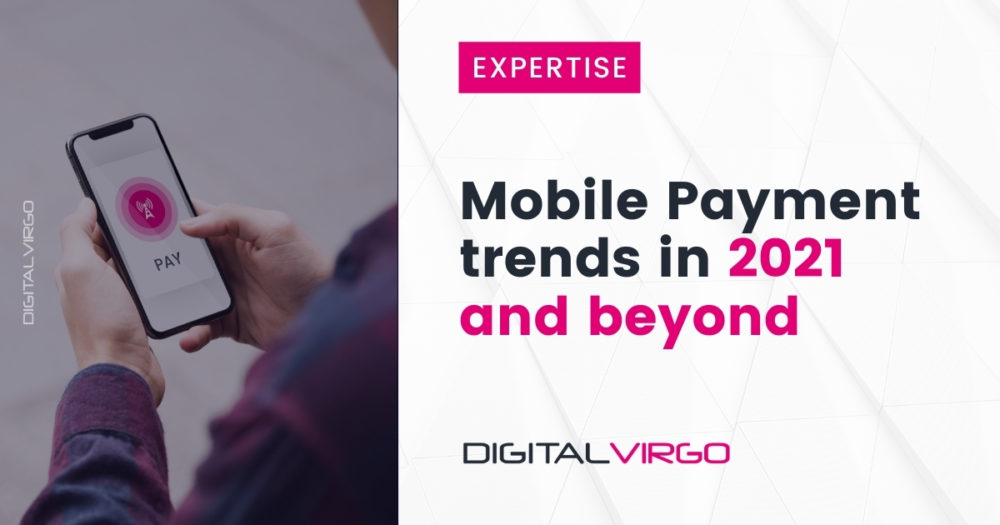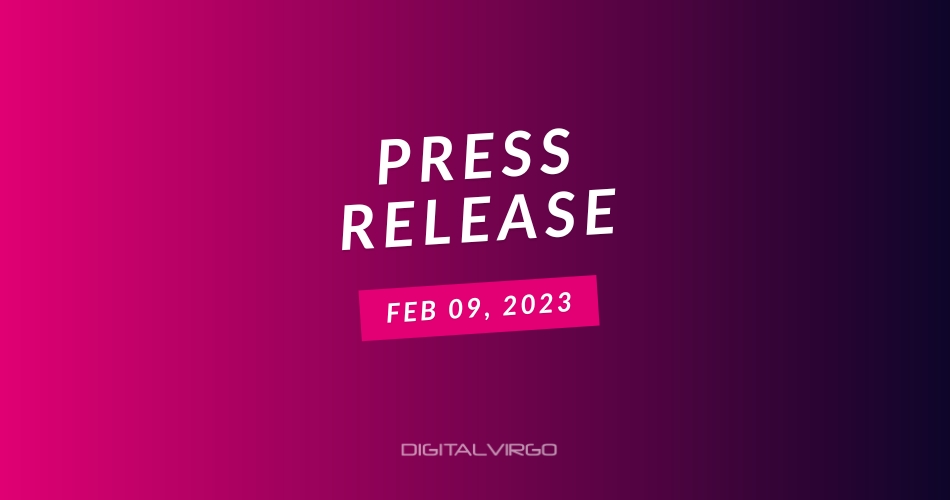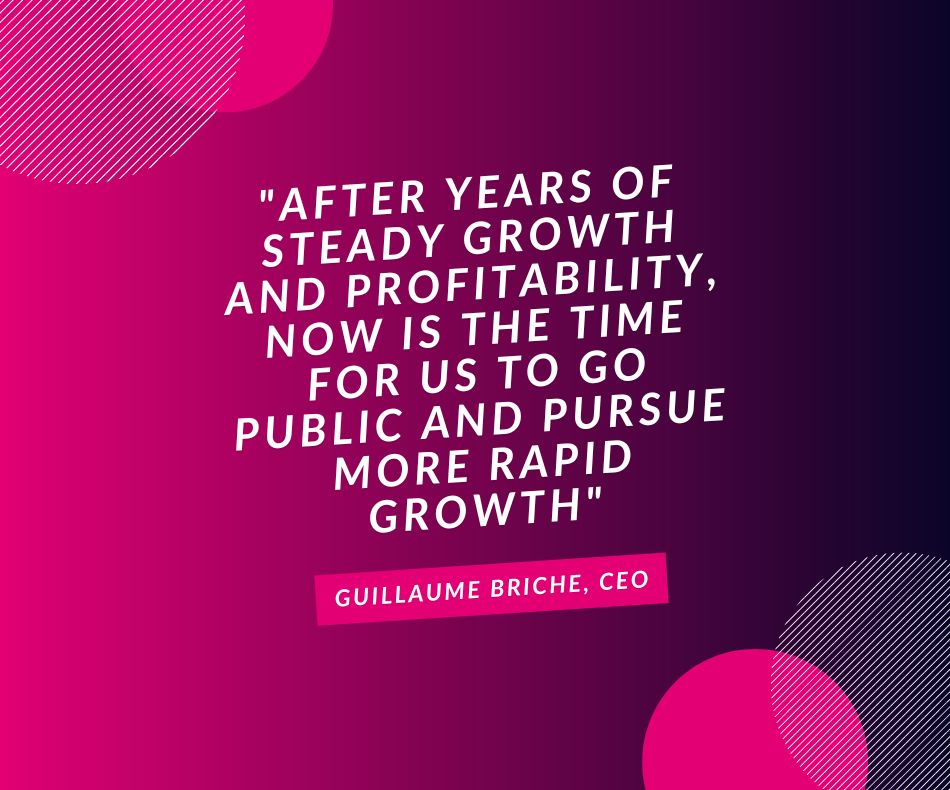The year 2020 has triggered the relevance of the Internet and has had a significant impact on digital consumption patterns. Online shopping has exploded, and mobile has become our preferred payment option. In addition, thanks to rapid and massive changes in the economy, social conditions, regulatory landscape and in everything related to technology, the Carrier Billing ecosystem is experiencing an absolute revolution.
What are the main trends around this opportunity-filled payment method? Discover all the keys to be prepared for the future of DCB.
Global Adoption of Real-Time Mobile Payments
The pandemic has accelerated the use of mobile payments and the overall consolidation of a cashless society. According to data revealed by a Futurist Group study, around 38% of consumers perceive contactless as a basic feature of payment. Moreover, online purchases are increasingly being performed on a mobile device. A new study from Juniper Research has found that mCommerce payments will reach $3.1 trillion in 2025, up from $2.1 trillion in 2020. According to these data, we can say that we are in front of a mobile driven society where users demand immediacy and convenience when making their payments.
For this new mobile economy, Direct Carrier Billing is a payment method with huge potential. It allows users to pay for digital services as part of their monthly bill, offering them an enriched purchasing experience. DCB enables a fast, easy and secure online payment flow and spares users from sharing their personal data or bank details online. For these reasons, it provides a great opportunity for Telcos to increase their revenues and for Merchants to achieve higher conversion rates.
Covid-19 has also amplified the shift to Carrier Billing across many markets worldwide as consumers seek to avoid exchanging cash and touching payment terminals. This situation, added to its advantages, is making the DCB market growth forecast higher than the one published by Omdia at the beginning of the year – (10% annual growth from $49 billion in 2019 to $79 billion in 2024).
Increased Demand for Frictionless Experiences
When talking about payments, a frictionless experience refers to the reduction of steps involved in the checkout process. New consumer habits show how users progressively demand a streamlined shopping journey in which they need to spend as little time as possible to make a purchase.
Mobile payments (One-Click Payments, Wallets, Contactless…) offer exactly this kind of experience. Carrier Billing is particularly the preferred one since it can register and charge the user through just 1 single click. It reduces the payment process x5 compared to credit cards.
Payment Security as an Essential Requirement
Consumers expect not only a frictionless purchasing experience, but also an advanced level of security. The increase in cybercrimes resulted from the popularity of contactless payment is urging companies to implement tighter security measures in order to protect the end customers.
A thorough filter for quality merchants, accompanied by a robust anti-fraud control in every single step of the customer journey, is key to ensure a safe online shopping environment.
5G to Boost DCB via New Services
The digital content market will continue to grow the coming years. New consumption habits driven by immediacy and mobility boost the growth of the DCB as a preferred mobile payment method for this kind of content. According to Juniper Research, the invoicing of digital content paid via DCB will reach $90M in 2024, with an average annual increase of around 20%.
The same study shows that DCB will experience more growth in:
- Gaming: $41.8B end user spending on carrier billed games in 2024
- Video: $22B end user spending on carrier billed video content in 2024
- ePublishing (including eBooks, newspapers and magazines): $6.6M end user spending on carrier billed ePublishisng content in 2024
Besides, the introduction of 5G will boost the use of DCB in new verticals such as Cloud Gaming, Cloud TV or IoT (Internet of things) – a progressive adoption that is estimated to reach 203 million 5G Connections in Europe by 2025.
As users get quicker online experience, they will demand even more seamless ways to buy or subscribe to games or video apps. It means an opportunity for Carrier Billing to become a key payment method in 5G and these new segments.
Multiservice Subscription to Proliferate
The creation and adoption of OTT (Over the Top) streaming services are surging worldwide. OTT content providers are developing premium and local content to be competitive in the growing ecosystem. With many digital service companies moving towards subscription models, the year 2021 will observe the launch of more service bundles from companies looking to increase user spending, reduce churn and increase conversions.
Bundling is a marketing strategy that involves offering several products and/or services for a special price or promotion as one combined product. It is more and more present in DCB ecosystem as it makes carriers and merchants benefit from a mutual relationship that allows them both to grow their revenues.
For carriers, bundling is an effective way to differentiate and enrich their offer while reinforcing engagement with their customers. For merchants, bundling accelerates user acquisition, reaches new demographics and simplifies sing up for customers, leading to customer growth. These advantages are enhanced by Carrier Billing and its already mentioned benefits.
PSD2 Regulation in Europe: DCB beyond the digital content
The new Payments Services Directive (PSD2) opens the door to strong growth in DCB ecosystem, allowing the use of Carrier Billing for new verticals such as physical goods, on top of digital goods. Now, this payment method can be implemented for Electronic Vehicle charging, Fast-moving consumer goods, Food and product delivery, e-Rental, Vending machines, Ticketing and much more under an Electronic Money Institution License. Besides, transactions exceeding the €50 and €300 thresholds are also allowed under this License.
It’s a market full of potential if we consider the data recently revealed by Juniper Research which show that transactions for online sales for physical goods will increase from $3.3 trillion in 2020 to $4.4 trillion in 2025, 33% growth accelerated by the COVID-19 pandemic.
As an international player in Mobile Payment and holder of the Electronic Money Institution License, the Digital Virgo Group can offer payment and electronic money services throughout Europe. These authorizations are essential to support Telecom Operators and Merchants in their core business activities.
Huge Opportunities in Emerging Markets
Emerging markets are full of challenges, but they are also a gateway to innovation and growth. The payment ecosystem is a clear example of this. From now on and in the coming years we will see how online payments are soaring and new payment service providers (PSPs) are emerging. Cutting edge technology, regulatory advances and new FinTech players will be driving this transformation.
In addition, Telcos play a key role in these countries due to low banking penetration. Most of the population do not have a bank account, while they do have a mobile phone.
That is why Carrier Billing is growing trend that offers an improved, safer and easier customer experience.
Monetizing Younger Demographics
Content consumption is changing in terms of format, device, time and subscription forms. User profile that consumes digital content is also evolving. Digital natives’ generation, who has grown up at the same time as technology has become established in our lives, no longer consumes traditional media. They are the main consumers of digital content.
They trust their smartphones to purchase goods more than credit cards. In many cases, they do not even have a bank account. According to The Telegraph, 70% of the European population between 16 – 24 years old buys online regularly. The under-18s are mostly unbanked, however, at the same time 88% of them have a smartphone.
This trend shows that they represent a very powerful target for the Carrier Billing market and that many of the efforts of Telcos and Merchants should be directed to this segment – and even to younger users.
Want to know more about how to be prepared for these trends? Contact our experts!



